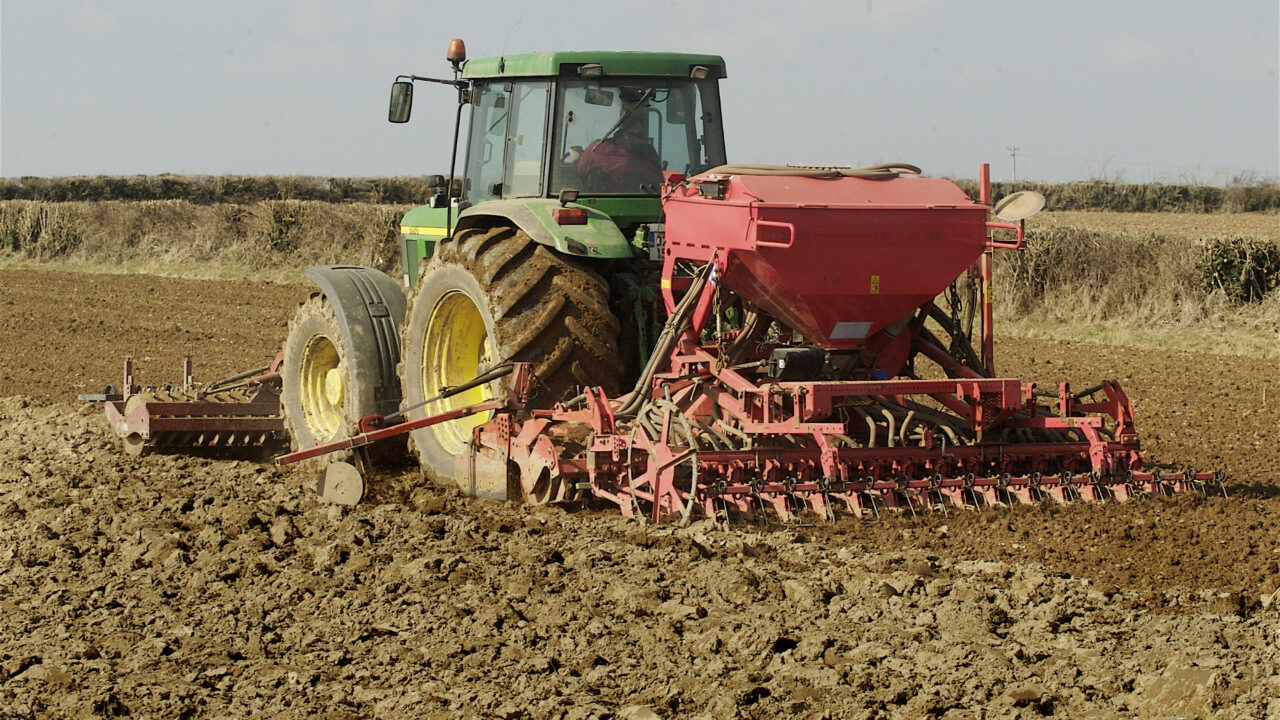Decisions made on tillage farms in the coming weeks will have a big impact on next year’s harvest, according to Teagasc’s Shay Phelan.
The Teagasc Tillage Specialist said that farmers should start planning for the 2017 harvest now with a focus on practices to control crop diseases on their farms.
Phelan told over 200 delegates at the Teagasc National Crops Forum in Newbridge that they should take a close look at last years crops before making any decisions.
He said that many farmers were disappointed with the yields produced from winter barley this year, but he said it was difficult to pin point just one reason for falling yields.
From a farmers point of view you need to look at your own situation, it is probably due to a combination of reasons, It is not just one factor.
The Teagasc Specialist said that winter barley crops produced both fewer tiller and grain numbers in 2016.
Phelan said that some winter barley crops were sown in unsuitable soils and this made management practices such as fertiliser applications difficult last spring.
“A lot of crops were sown in fields that weren’t suitable. Some winter barley crops were sown on heavy or wet soils which made it difficult to spread fertiliser in the critical period in the spring.”
He also said that winter barley crops experienced higher levels of disease, with a marked increase in Barley Yellow Dwarf Virus (BYVD) and Take All cases this year.
Crops grown in a continues situation also experienced disease issues such as Take All, he said.
Take All was an issue on farms this year and it can cause substantial yield losses in certain years, but it depends on the level of infection.
And he recommended the use of break crops or crop rotations to clean up the fields from disease and grass weeds.
“Crop rotations can be used to break the cycle,” he said.
There was also an issue with Barley Yellow Dwarf Virus (BYDV) in winter barley crops, he said, and there are limited options available to control this disease.
The disease which is caused by a grain aphid can be controlled through the use of insecticides, but resistance among the aphid population is growing, he said.
And as a result, he said farmers should consider using cultural operations to control the disease when resistant aphids have been identified.
five weeks
